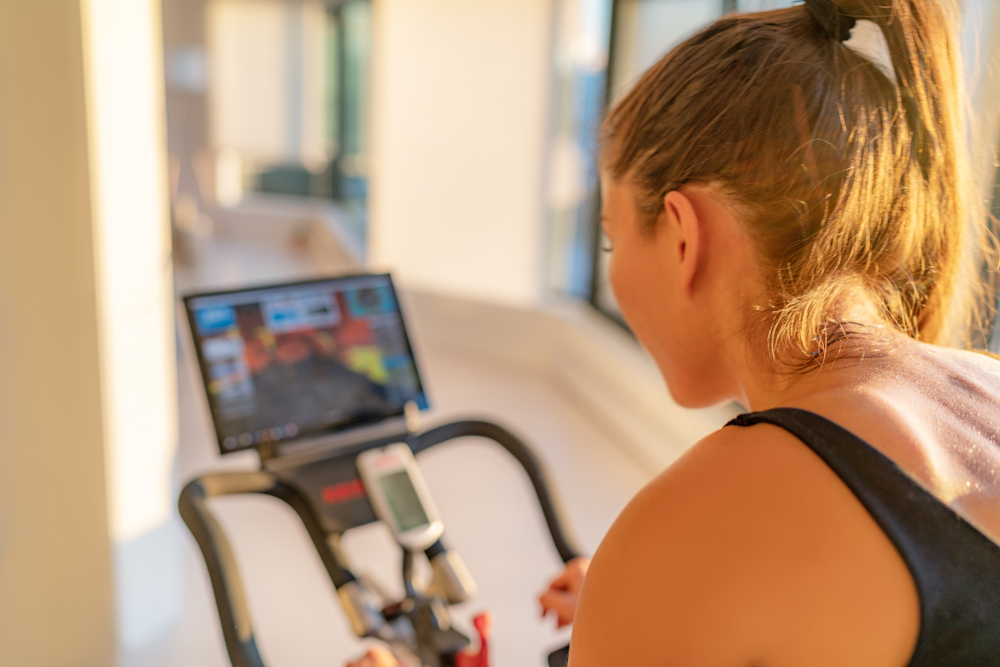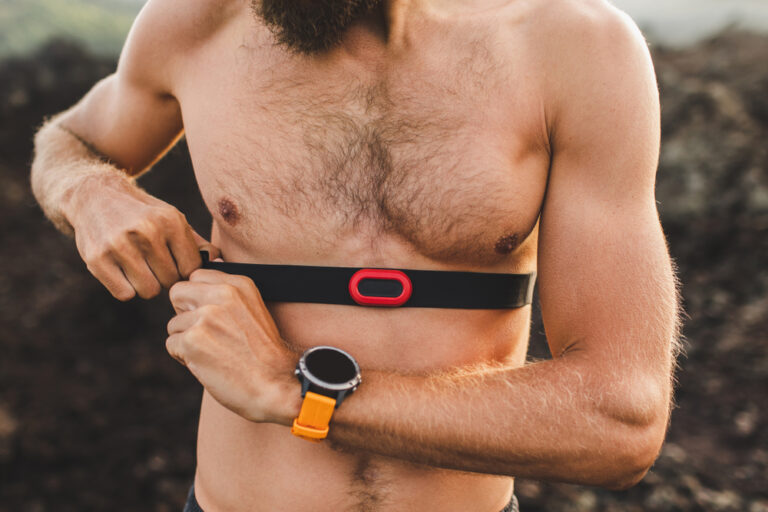What is aerobic decoupling, and why is it important?
In this article, our resident sports scientist, Coach Chris, introduces the concept of Aerobic Decoupling and discusses ways to find, identify, monitor and improve it.
What Is It?
Aerobic decoupling is a way to measure aerobic economy when riding or running. As aerobic endurance is vital in long-distance racing, measuring this is significant. It allows you to monitor how/if your aerobic fitness is improving or not. When working at a fixed intensity, the relationship between heart rate and its drift (the rising heart rate over time) will tell us how aerobically conditioned an athlete is.
If you are working at or just below your aerobic threshold, your heart rate should remain stable; similarly, your power or pace should not significantly drop at this effort level.

With this in mind, for long-course athletes, we look at the relationship between heart rate and power/pace over around 4 hours on the bike (we sometimes start at 1.5 hours and work up over time depending on athlete history and current fitness). We are looking for a percentage of the variance between the two of approx.
4% to then progress training to more prolonged sustained efforts. We use the decoupling metric in Training Peaks, shown as Pw:HR or Pa:HR.
Using this metric allows us to focus on the development of the aerobic conditioning of our athletes with a clear point at which this limit has been reached. This can be visually inspected when the athlete’s heart rate starts to drift upwards, or the power visibly reduces.
How Do I Use It?
Once this is identified, it is a relatively straightforward process to look at extending this out over a period of time to get close to the ultimate distance or time an athlete needs to cover for their race. Once we have reached this point, the more specific training phases can begin, and we can concentrate on other limiting factors to get the athlete ready for race day.
So, what can you do with this info? Firstly, you can determine where you are regarding your aerobic economy and determine at what point your decoupling occurs. Once you have done this, you can start pushing your runs or rides out further over several weeks to improve this. I would recommend around 5-10% longer each week, e.g. you find your decoupling occurs at 1.5 hours the following week, complete an aerobic session with an extra 5-10 minutes added on and aim to push this out to 4 hours maximum cycling or around 2 hours for running (if training for Ironman). It is important to remember that aerobic endurance gains are slow to develop (up to 8 weeks), so don’t be tempted to rush this process.
Additionally, aerobic endurance is generally the biggest limiter for most newer athletes. I would encourage you to spend the time developing this to build on top of a great fitness foundation further down the line. The simplest way to establish this is to keep things simple, consistent and manageable; if you follow the above, you will find that fitness comes easily.




